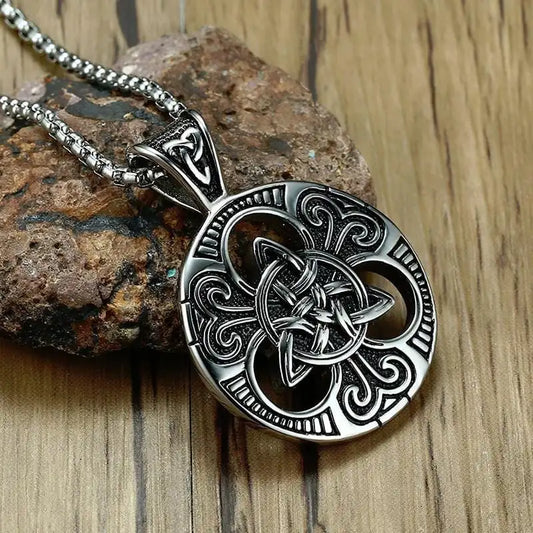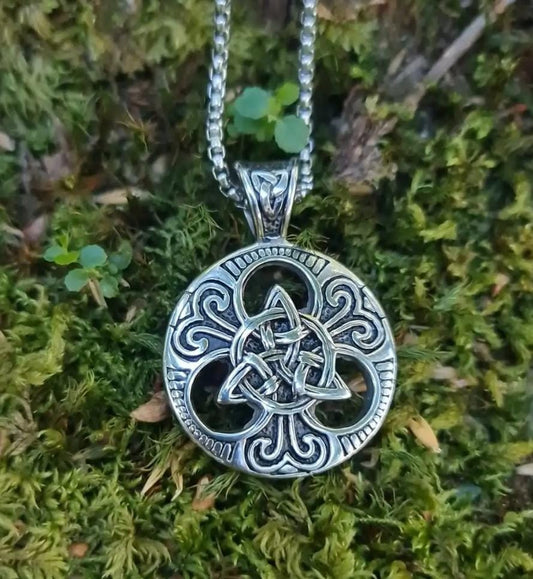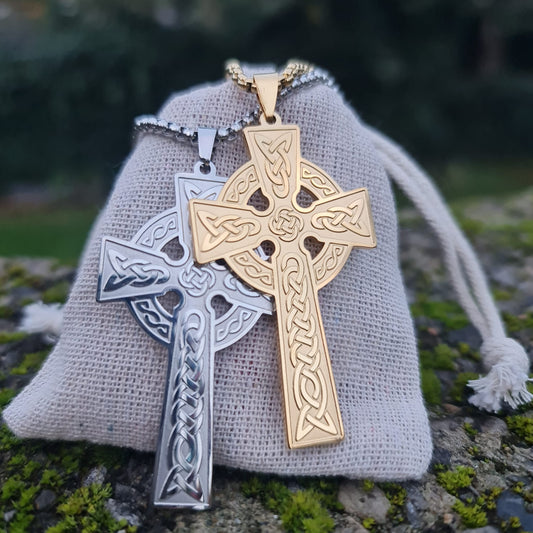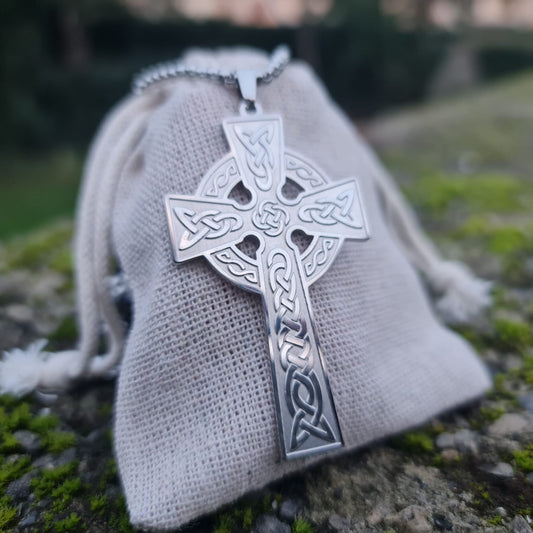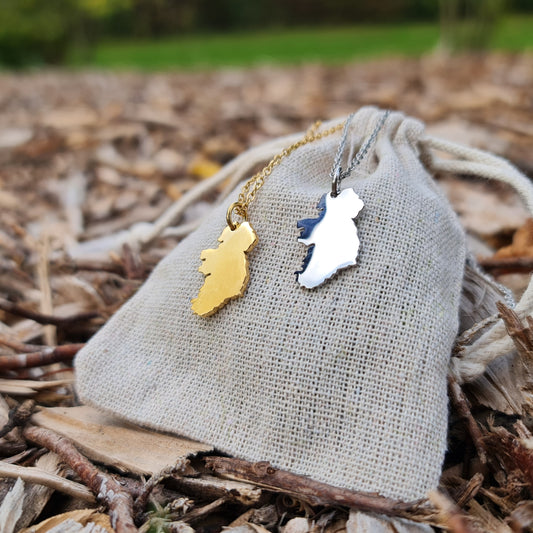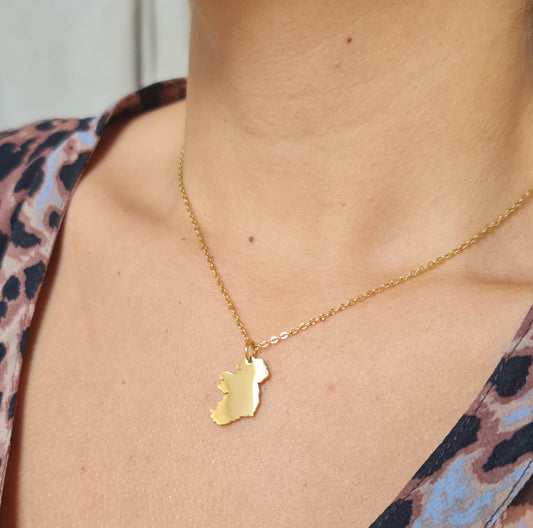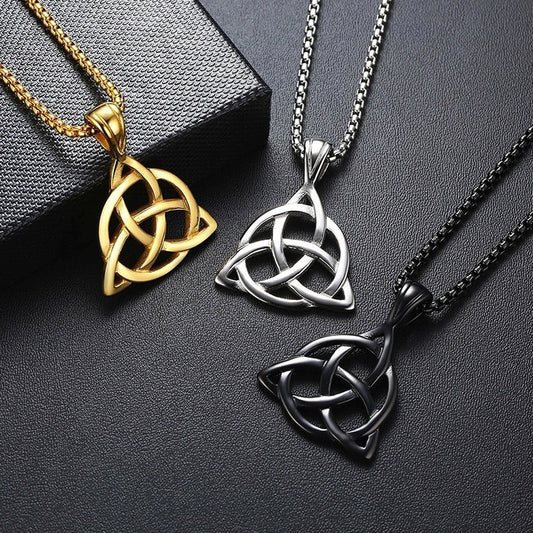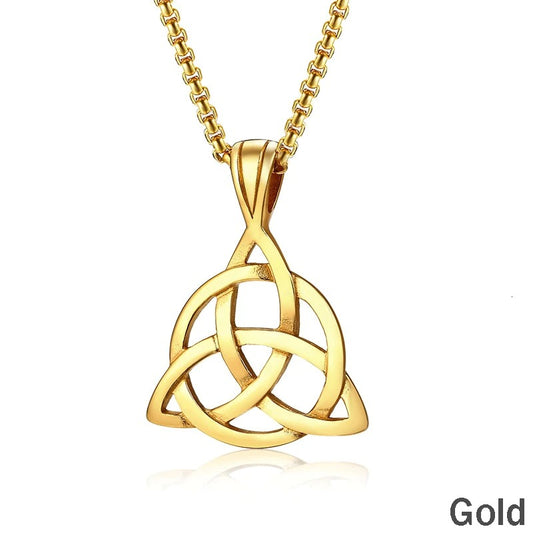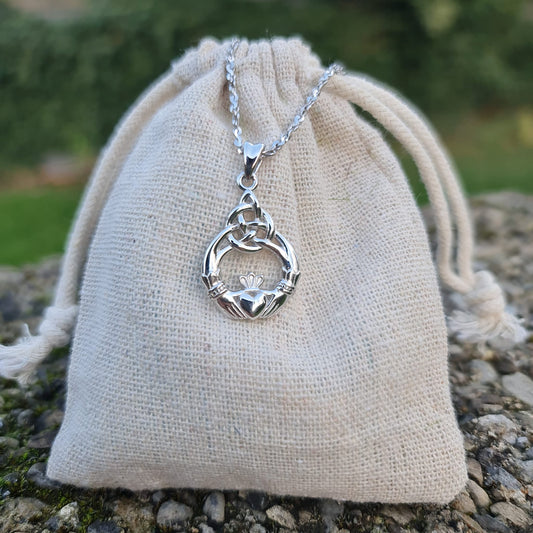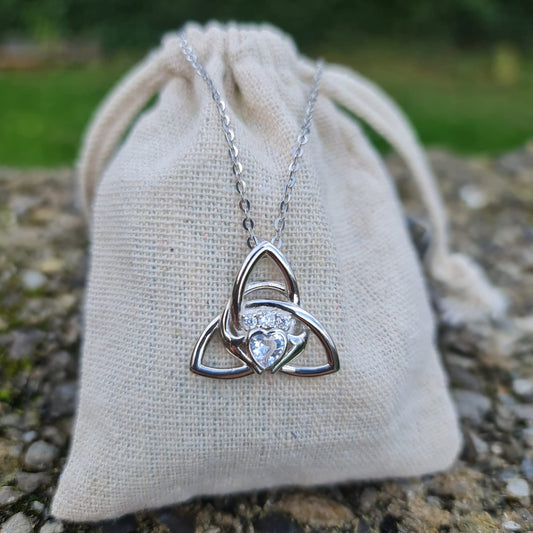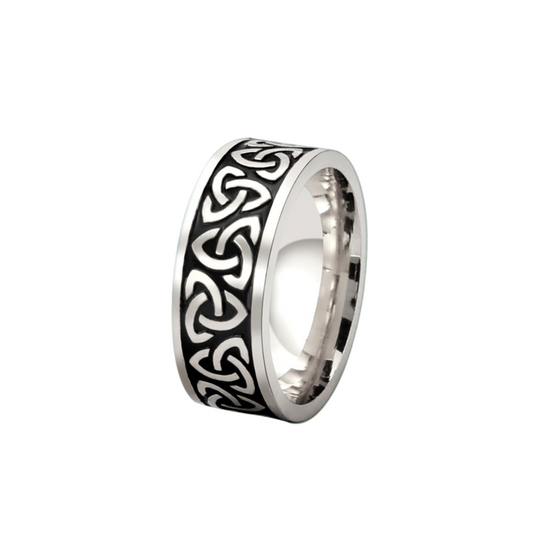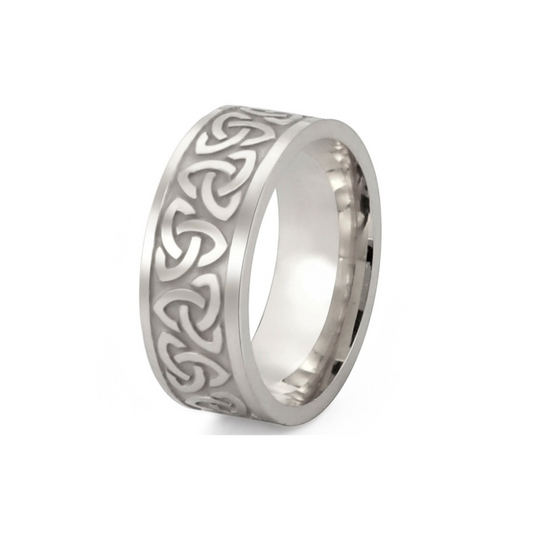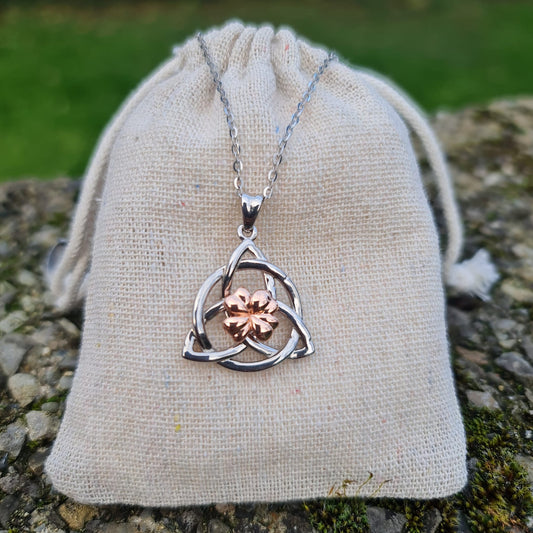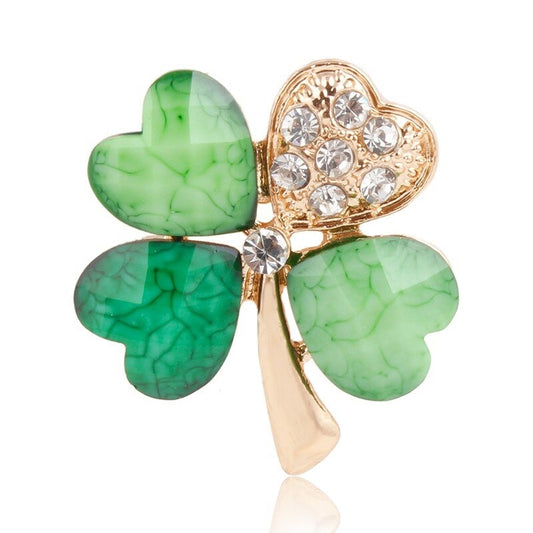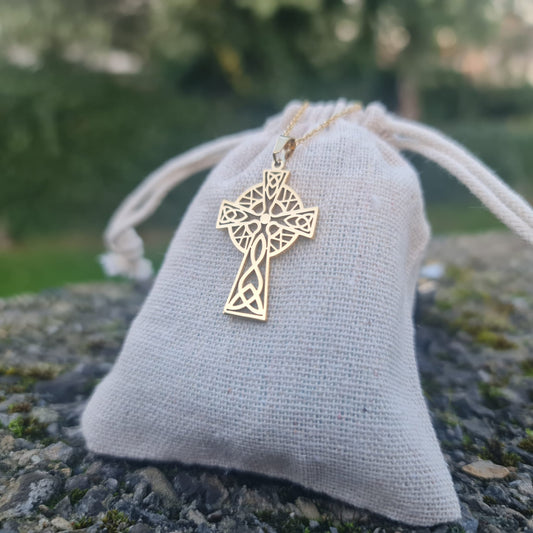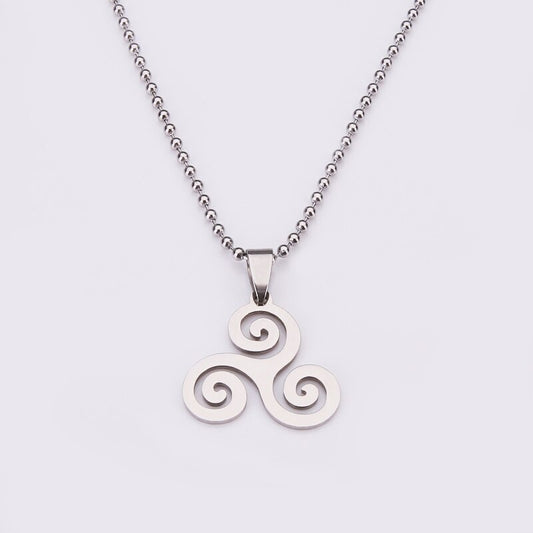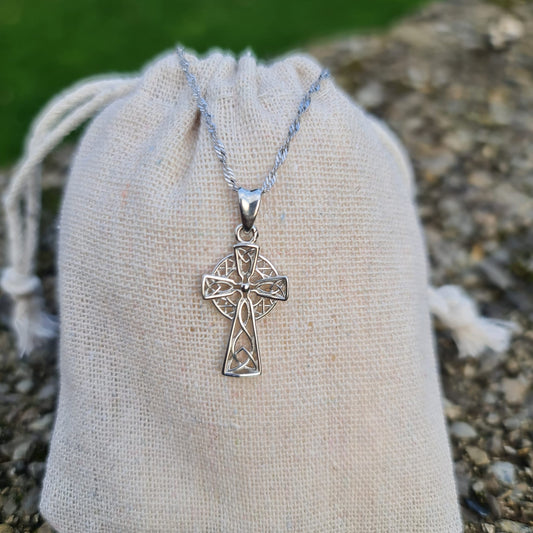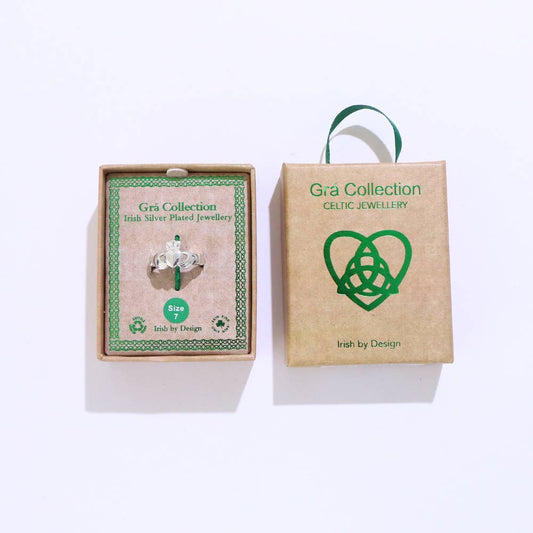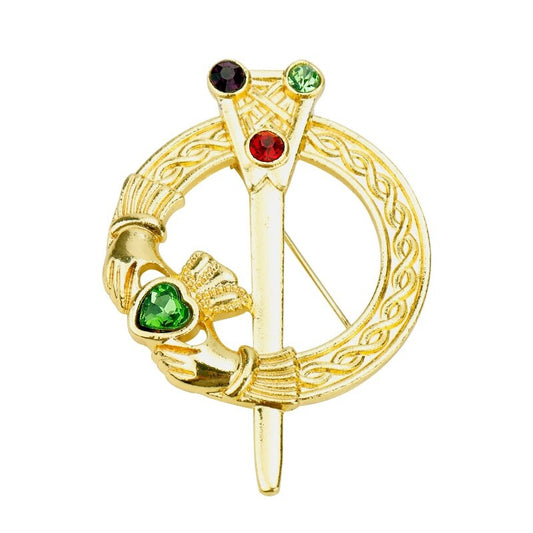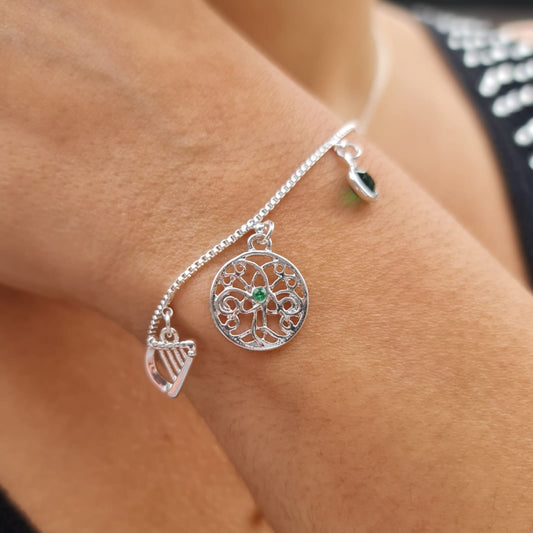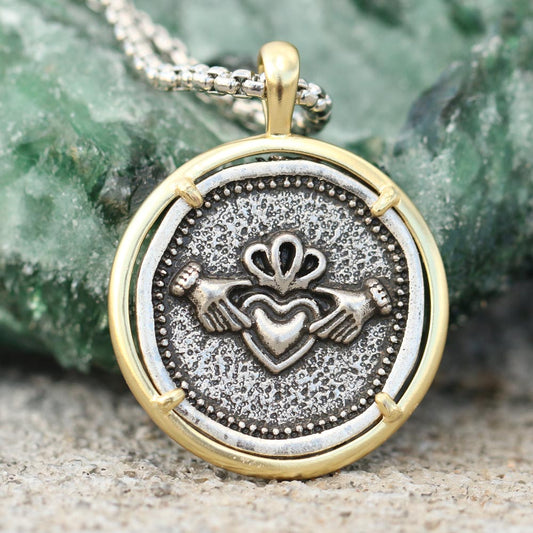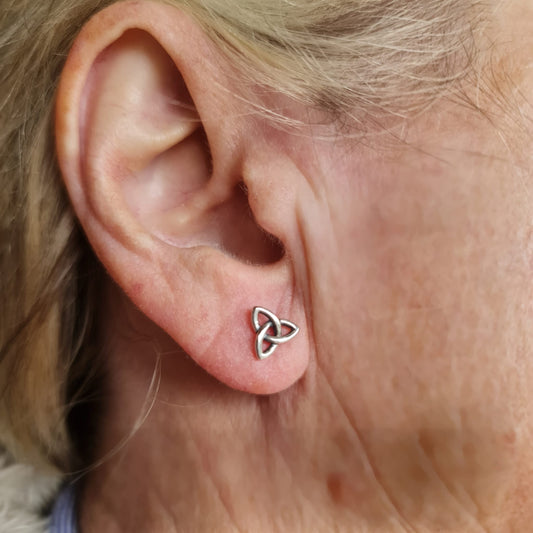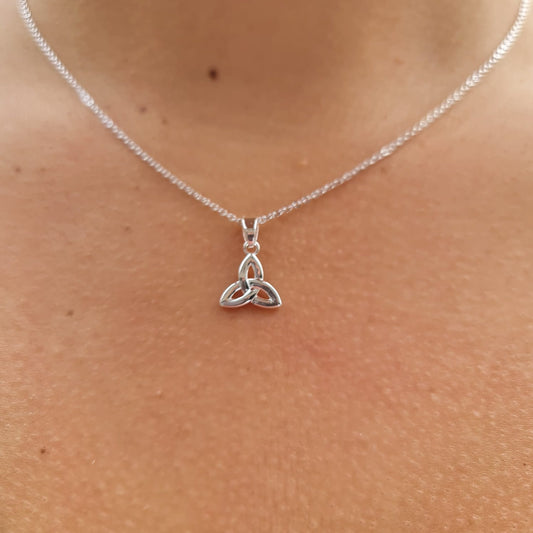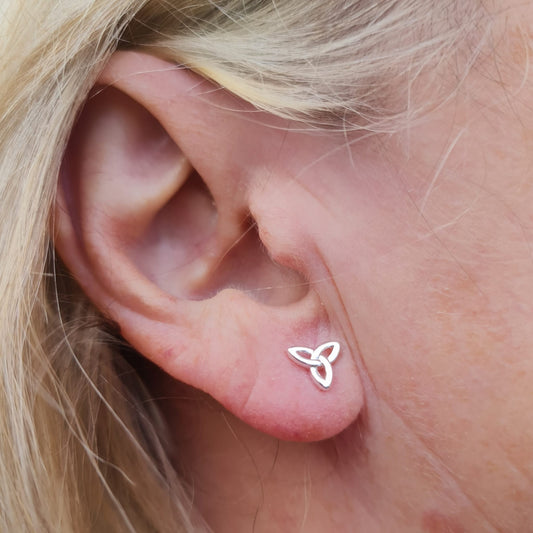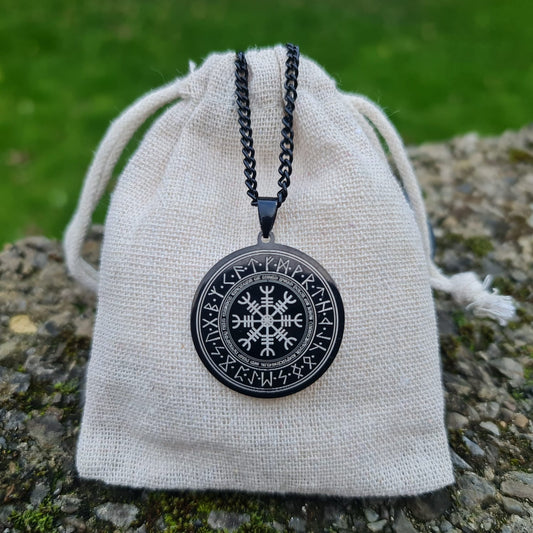Irish Jewelry
-
Celtic Trinity Knot Necklace
Regular price $48.00 AUDRegular priceUnit price per$96.00 AUDSale price $48.00 AUDSale -
-
Éire - The island of Ireland Pendant
Regular price From $40.00 AUDRegular priceUnit price per$64.00 AUDSale price From $40.00 AUDSale -
Trinity Knot Pendant & Necklace (Gold | Silver | Black)
Regular price From $48.00 AUDRegular priceUnit price per$20.00 AUDSale price From $48.00 AUD -
925 Sterling Silver Claddagh Necklace
Regular price From $56.00 AUDRegular priceUnit price per -
925 Sterling Silver Celtic Knot and Claddagh Pendant
Regular price From $56.00 AUDRegular priceUnit price per -
Celtic Trinity Knot Ring - Black
Regular price $40.00 AUDRegular priceUnit price per -
Celtic Trinity Knot Ring
Regular price $40.00 AUDRegular priceUnit price per -
925 Sterling Silver Celtic Knot with Shamrock Pendant
Regular price From $56.00 AUDRegular priceUnit price per -
Shamrock Pin - Medium | Large
Regular price $12.00 AUDRegular priceUnit price per -
Gold Celtic Cross | Silver Celtic Cross
Regular price $40.00 AUDRegular priceUnit price per -
Celtic Triskele - Different Styles Available
Regular price $32.00 AUDRegular priceUnit price per -
925 Sterling Silver Celtic Cross
Regular price From $56.00 AUDRegular priceUnit price per -
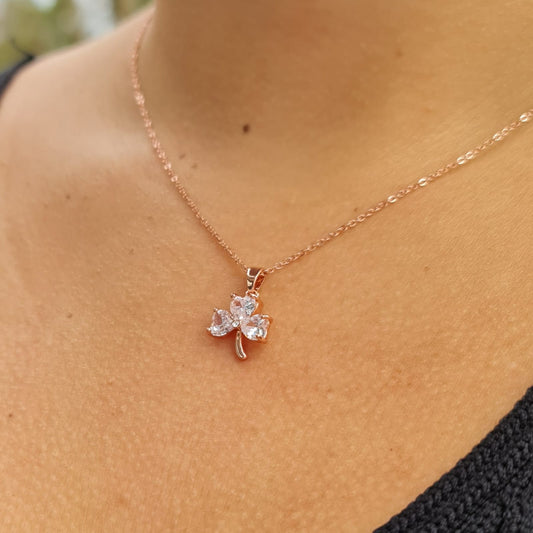
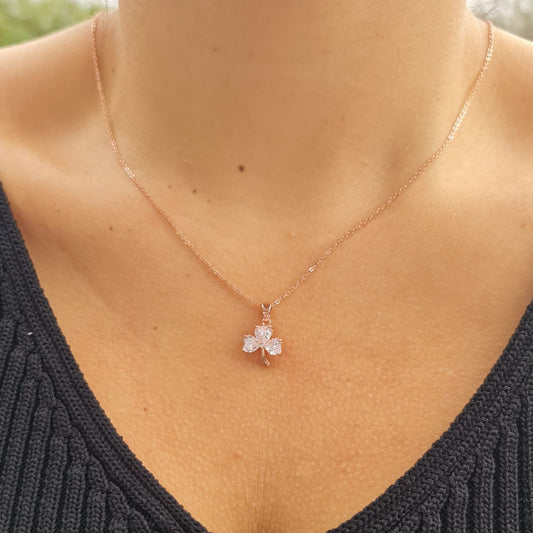 Sold out
Sold out3 Stone Shamrock Pendant - Rose Gold
Regular price $48.00 AUDRegular priceUnit price per -
Silver Claddagh Ring
Regular price $40.00 AUDRegular priceUnit price per -
Gold Open Circle Trinity Necklace | Silver Open Circle Trinity Necklace
Regular price $40.00 AUDRegular priceUnit price per$56.00 AUDSale price $40.00 AUDSale -
Celtic Tara Brooches
Regular price $16.00 AUDRegular priceUnit price per -
Celtic Tree of Life Bracelet
Regular price $48.00 AUDRegular priceUnit price per -
Rustic Round Claddagh Pendant Necklace
Regular price $56.00 AUDRegular priceUnit price per -
925 Sterling Silver Celtic Knot Earrings
Regular price $56.00 AUDRegular priceUnit price per -
Trinity Knot Pendant - Silver | Gold | Rose Gold
Regular price $48.00 AUDRegular priceUnit price per -
Trinity Knot Earrings - Gold | Rose Gold | Silver
Regular price $48.00 AUDRegular priceUnit price per -
Viking Rune Pendant
Regular price $56.00 AUDRegular priceUnit price per -
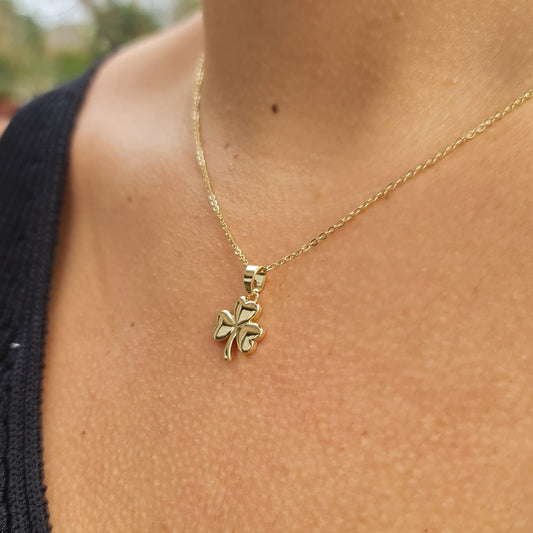
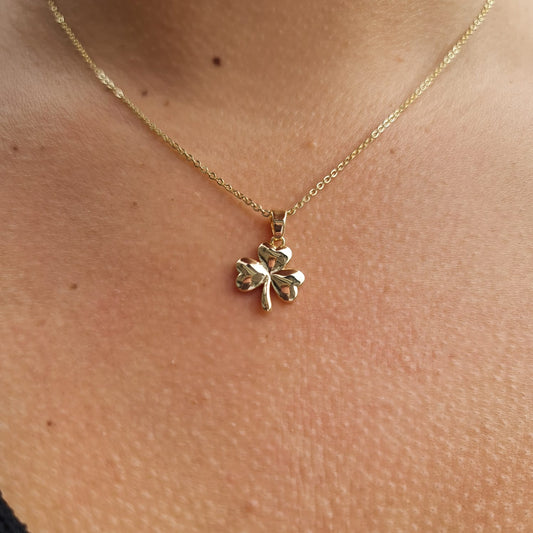 Sold out
Sold outGold Shamrock Necklace
Regular price $48.00 AUDRegular priceUnit price per
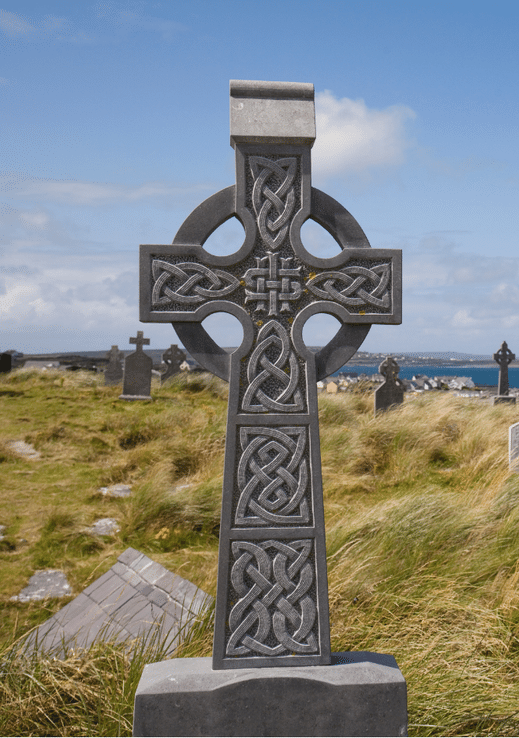
We live and breathe Ireland, its culture, and its people. Please read the "About us" section to get to know more!

